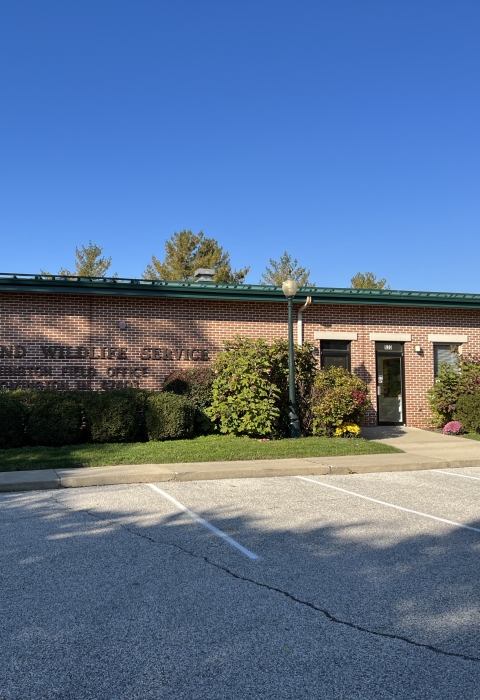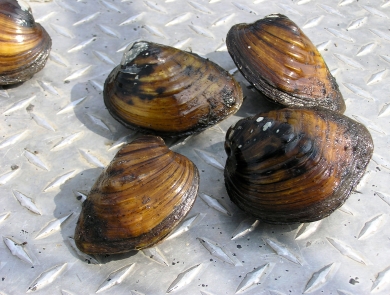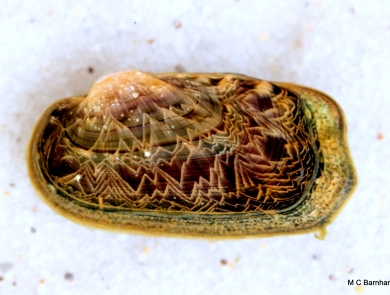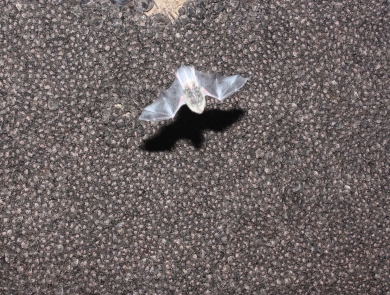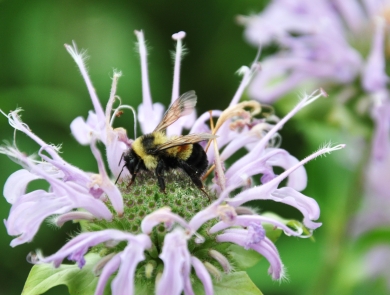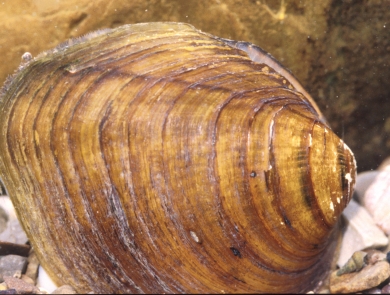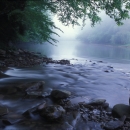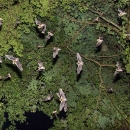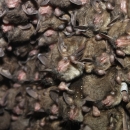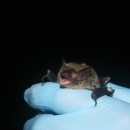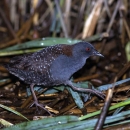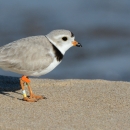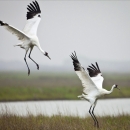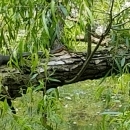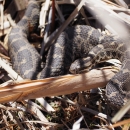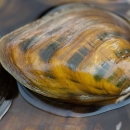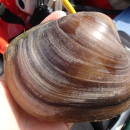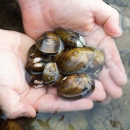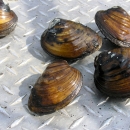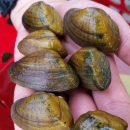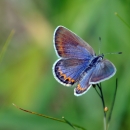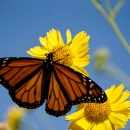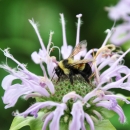About Us
For over 60 years, Ecological Services has protected and restored fish, wildlife, plants and their habitats. Our roots trace back to the River Basins Program that reviewed Federal water development projects. Since 1945, Ecological Services’ responsibilities have expanded to include reviews of most Federal construction projects, endangered species, environmental contaminants, and a variety of conservation partnerships and grants.
What We Do
We are responsible for administering the Endangered Species Act; evaluating the impact of environmental contaminants of fish and wildlife; ensuring fish and wildlife and their habitats are considered by federal agencies and private industry during project planning; and restoring habitat on private lands through the Partners for Fish and Wildlife Program.
Our Organization
Our Species
The Indiana Ecological Services Field Office works to recover and prevent the extinction of our nation’s most imperiled species. Indiana is home to 30 federally listed endangered, threatened, or candidate species, including the Indiana bat, piping plover, copperbelly water snake, Karner blue butterfly, fanshell mussel, and eastern prairie fringed orchid.
Get Involved
Many opportunities exist to help restore and protect wildlife and native plants in Indiana. Consider providing habitat for pollinators, bats, and other beneficial species by using native plants in your garden. Help wildlife thrive by being a responsible pet owner, gardening organically, and preventing the spread of invasive species invasive species
An invasive species is any plant or animal that has spread or been introduced into a new area where they are, or could, cause harm to the environment, economy, or human, animal, or plant health. Their unwelcome presence can destroy ecosystems and cost millions of dollars.
Learn more about invasive species .
